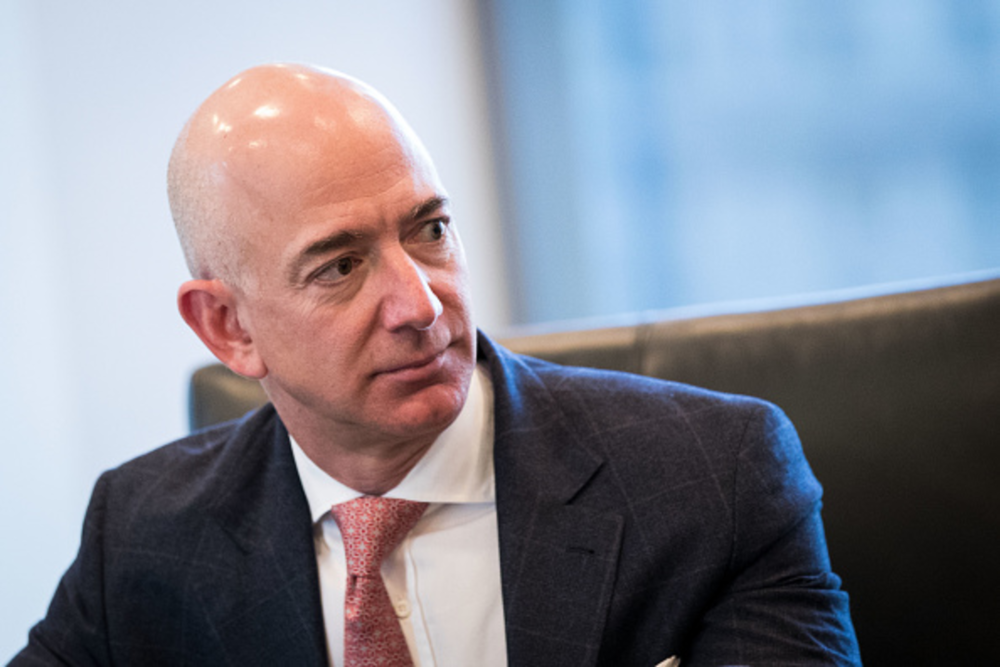Sure, Amazon, the acme of online retailers, just bought itself a whole basket-full of brick and mortar floor space. Almost 500 stores, many of them massive, are packaged in with its $13.4 billion acquisition of Whole Foods, grocer to moderately well-heeled.
It also picked up a parcel-load of cashiers and other in-store workers it probably doesn’t need in this robotic age, although it promises no job cuts are planned.
But the real story here isn’t Amazon’s move into the meat world so much the boost this gives to the meat world looking more and more like the Matrix. Here are five reasons why.
1. Food is a digital product
No, not literally of course, not likes eBooks and music files. But in this post-Food Network, Eater-ish world, food has long been less about nutrition than about the discourse, signifiers, and — okay — show biz which surrounds it. It sometimes seems you haven’t really eaten something until you’ve posted an image of it on Instagram and Facebook. Amazon is all set to turn Whole Foods into the most digital, most connected, most social food buying experience there is.
2. Old school grocers weren’t predictive
He (rarely she) might wear a white apron and straw hat in pictures, and preside over a nicely balanced set of iron scales, scooping dried beans into a bag. But your corner grocer store didn’t know ahead of you what you wanted to buy. He didn’t come around, check your refrigerator, and write your shopping list. Consider Alexa; consider Amazon’s capacity for large-scale predictive analytics; heck, just consider its supremacy as a recommendation engine. Amazon will do everything but…
3. Buy online anywhere
I was going to say everything but go to the store for you. Of course, Amazon has been playing in the food delivery space, with Amazon Fresh, for some time now. With an Amazon-Whole Foods outlet in your neighborhood, your craving is going to be that much easier to satisfy without even going near the shelves. And let’s flip that. If you do decide to go to the store, imagine walking the aisles with a smart device, purchasing — and paying — as you go. Pick up your bag at exit, or go home and wait for it. That way, you get to at least squeeze the mangoes and smell the fish.
4. A location data goldmine
Of course, the stores will act as digital data goldmines too, bringing even more transaction data inside Amazon’s walls. Of course, Amazon hardly needs more transaction data, let alone PII like physical and email addresses. But dynamic location data goes beyond where shoppers live. Amazon will now know (more about) where you shop, when you shop, what you buy at different times of day, and — in theory at least — online and social activity clustered around your shopping trips.
5. End-to-end means running the bank too
This is all speculation, so let’s raise the ante. How about Amazon controlling the retail experience from online to offline to automatic payments too. How about not just an Amazon credit, but Amazon currency? How about a smart wallet you can use across the range of Amazon offerings. Automatic deductions as you click to buy. How about delivery by drone? How about never even needing to think about buying food or paying for it any more: It just happens, based on predictive analytics and Amazon’s extraordinary digital, and now physical, network.
So. Just what are those cashiers going to be doing again? Probably working in the niche, luxury, old school grocer, about to open on the same block as the vintage vinyl record store.








